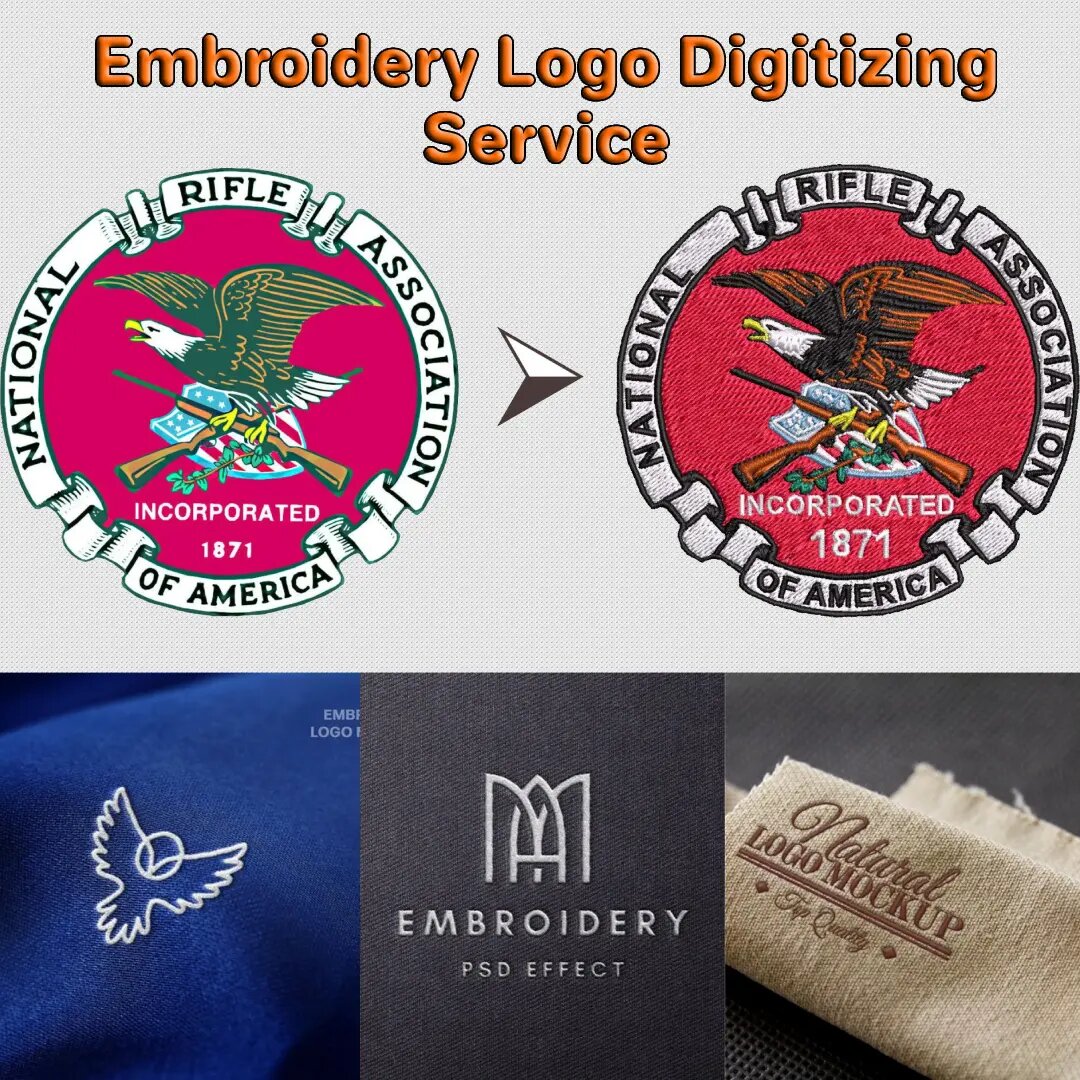Introduction:
Embroidery, an age-old craft that has adorned fabrics with intricate designs for centuries, is undergoing a transformative evolution in the digital age. The integration of technology into embroidery processes has given rise to digitize logo online designs, revolutionizing the way we perceive and create embroidered art. This article delves into the exciting realm of the future of embroidery, exploring how digitized logo designs are unlocking unprecedented levels of creativity and expanding the possibilities within this traditional craft.
-
The Rise of Digitized Embroidery:
In recent years, traditional embroidery has seamlessly merged with modern technology, giving birth to digitized embroidery. This innovative approach involves the conversion of logos and designs into a digital format that can be read and executed by computerized embroidery machines. This shift has not only streamlined the production process but has also opened doors to a myriad of creative opportunities.
-
Precision and Consistency:
One of the primary advantages of digitized logo designs in embroidery lies in the precision and consistency they offer. Unlike traditional hand embroidery, digitized designs ensure that each stitch is executed with meticulous accuracy. This not only enhances the overall quality of the finished product but also allows for the replication of intricate details with unparalleled consistency.
-
Customization and Personalization:
The digitization of embroidery has democratized the creative process, enabling businesses and individuals to easily customize and personalize their embroidered designs. Whether it’s a corporate logo, team emblem, or a personal monogram, digitized embroidery empowers users to tailor their designs to specific preferences, creating unique and one-of-a-kind pieces.
-
Versatility in Fabric and Application:
Digitized logo designs have expanded the range of fabrics that can be effectively embroidered. From delicate silks to rugged denims, modern embroidery machines equipped with digitized designs can adapt to various materials with ease. Moreover, the versatility extends to the application of embroidery, allowing for intricate designs on a wide array of products, including apparel, accessories, and home décor items.
-
Time and Cost Efficiency:
The integration of technology in embroidery not only enhances creativity but also brings about significant time and cost efficiencies. Automated machines can produce embroidered designs at a much faster rate than traditional hand embroidery, making large-scale production more feasible and cost-effective for businesses.
-
Collaboration of Art and Technology:
The future of embroidery is marked by the seamless collaboration of art and technology. Artists and designers can now leverage sophisticated software to create intricate and complex designs that push the boundaries of traditional embroidery. This synergy between human creativity and technological precision is fostering a new era of embroidered masterpieces.
-
Accessibility and Learning Curve:
As digitized embroidery becomes more prevalent, accessibility to this craft is on the rise. The learning curve for digitized embroidery is relatively shorter compared to traditional methods, allowing enthusiasts and professionals alike to embrace this evolving art form. Online tutorials, workshops, and user-friendly software contribute to the democratization of logo digitized for embroidery skills.
Conclusion:
The future of embroidery is vibrant and dynamic, with digitized logo designs leading the way in unlocking a new realm of creativity. From precision and consistency to customization and versatility, the marriage of traditional craftsmanship with cutting-edge technology is redefining the landscape of embroidered art. As we embrace this transformative era, the possibilities for innovation and expression within the world of embroidery are truly boundless.


